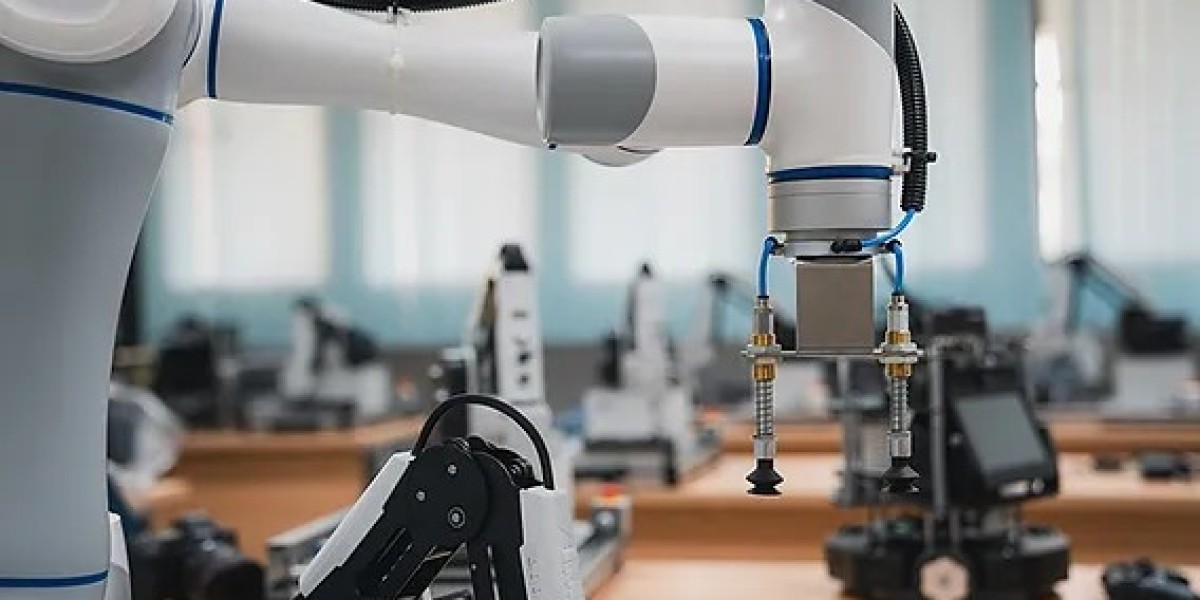In today’s fast-evolving industrial landscape, robotic arms are at the forefront of a revolution that’s transforming how products are made. No longer just futuristic tools in science fiction, these automated machines have become essential assets in precision manufacturing, delivering unmatched speed, accuracy, and efficiency.
What Are Robotic Arms?
Robotic arms are programmable mechanical devices designed to replicate human arm movements with higher consistency and greater precision. Equipped with sensors, actuators, and advanced control systems, they can perform a wide range of tasks—from welding and assembling to picking, placing, and packaging—all with minimal error and fatigue.
The Need for Precision in Manufacturing
Manufacturing has always demanded accuracy, but in sectors like aerospace, electronics, and medical devices, even a millimeter’s deviation can lead to catastrophic failure or product rejection. That’s where robotic arms come in. These machines can consistently deliver high-precision outputs that meet the tightest quality standards, ensuring that every component is made to exact specifications.
Key Benefits of Robotic Arms in Manufacturing
Unmatched Precision
Robotic arms excel in tasks requiring microscopic accuracy. They can work tirelessly around the clock, producing parts with consistent quality that manual labor simply can’t match.Increased Productivity
By automating repetitive and time-consuming processes, robotic arms significantly boost production speed. They don’t take breaks, they don’t make mistakes, and they don’t get tired.Enhanced Safety
Dangerous tasks like handling toxic materials, operating in high-temperature environments, or working with heavy machinery are best left to machines. Robotic arms reduce the risk of workplace accidents and protect human workers from harm.Lower Operational Costs
While the upfront investment in robotic systems may be high, the long-term savings are undeniable. Businesses save on labor, reduce waste due to errors, and increase throughput, leading to a strong return on investment.Flexibility and Scalability
Modern robotic arms are incredibly versatile. They can be reprogrammed to handle different tasks and adapt quickly to changes in production lines, making them ideal for both mass production and custom manufacturing.
Industries That Rely on Robotic Arms
Automotive: From welding car frames to installing windshields, robotic arms are central to auto manufacturing.
Electronics: They handle delicate components in smartphones, circuit boards, and other precision devices.
Healthcare: Used in manufacturing medical equipment and even in robotic-assisted surgeries.
Food & Beverage: For packaging, sorting, and even cooking in some automated kitchens.
The Future of Manufacturing with Robotic Arms
As AI and machine learning continue to advance, robotic arms are becoming even smarter. Future systems will learn and adapt in real time, making manufacturing more intelligent, autonomous, and efficient than ever before. The integration of IoT and data analytics will further optimize performance and maintenance, minimizing downtime and maximizing productivity.
Conclusion
From reducing costs to enhancing precision and safety, robotic arms are not just tools—they are transformative assets driving the next industrial evolution. Companies that embrace this technology are setting themselves up for long-term success in an increasingly competitive and quality-driven market. Whether you're in aerospace, electronics, or consumer goods, the future of precision manufacturing belongs to those who harness the power of robotic arms.






